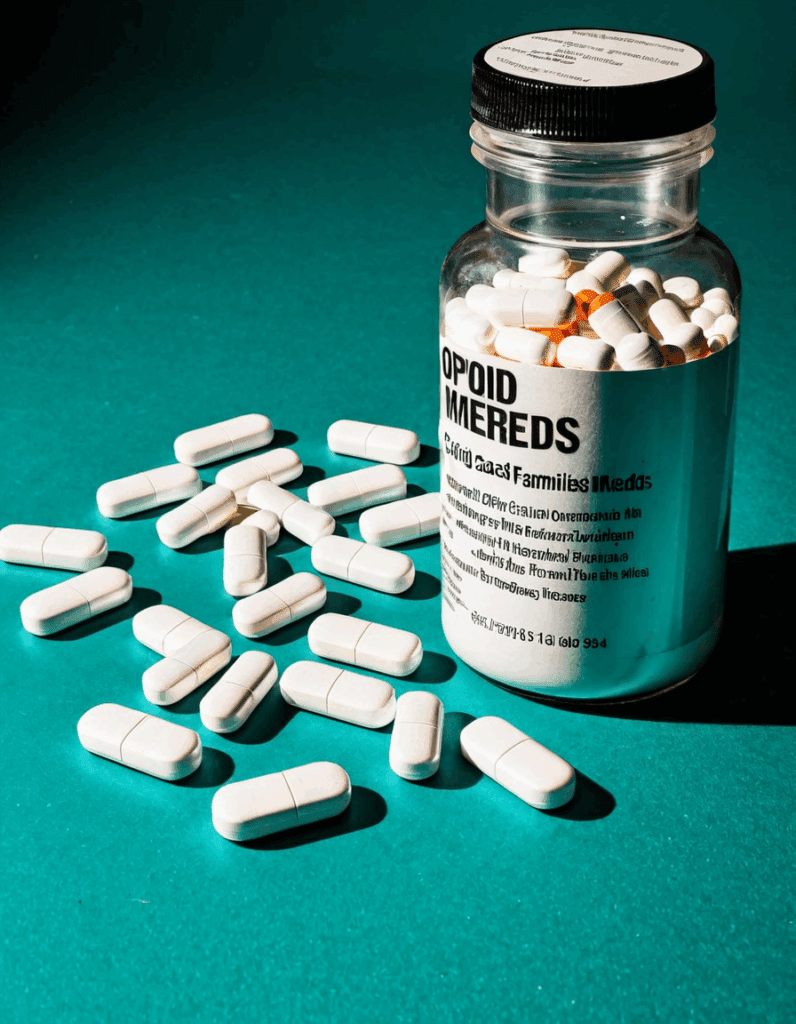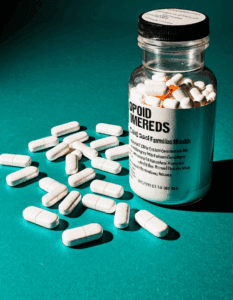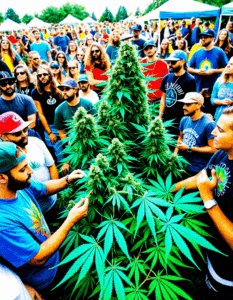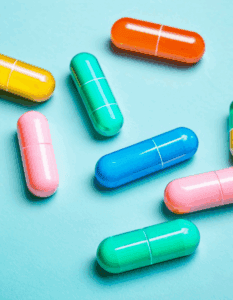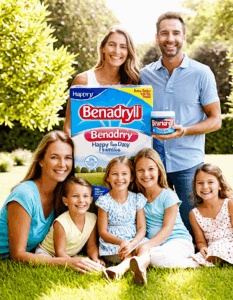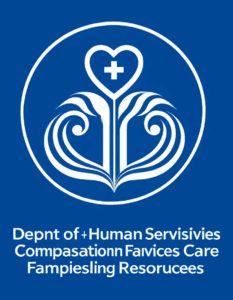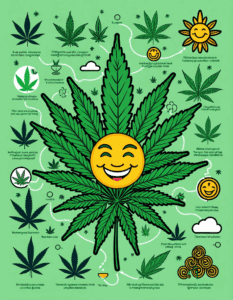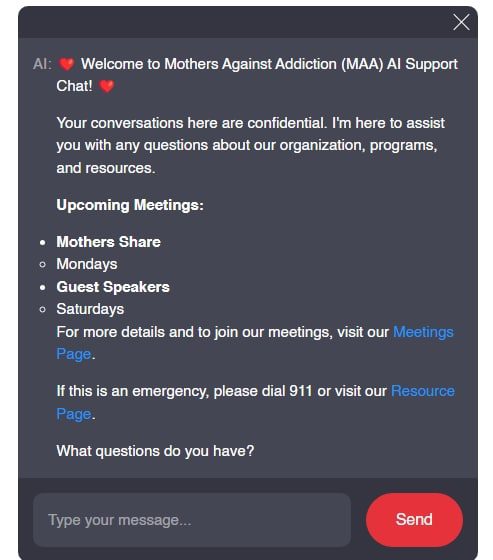The opioid crisis has overshadowed many public health issues, intertwining itself deeply into the fabric of society. Opioid meds, such as OxyContin and Vicodin, have been a double-edged sword. While they provide essential pain relief for those in need, they can also lead to addiction and devastating consequences. This article aims to shed light on the seven key effects of opioid medications on society, the complexities of recovery, and how organizations like Mothers Against Addiction are stepping up to support families navigating this challenging landscape.
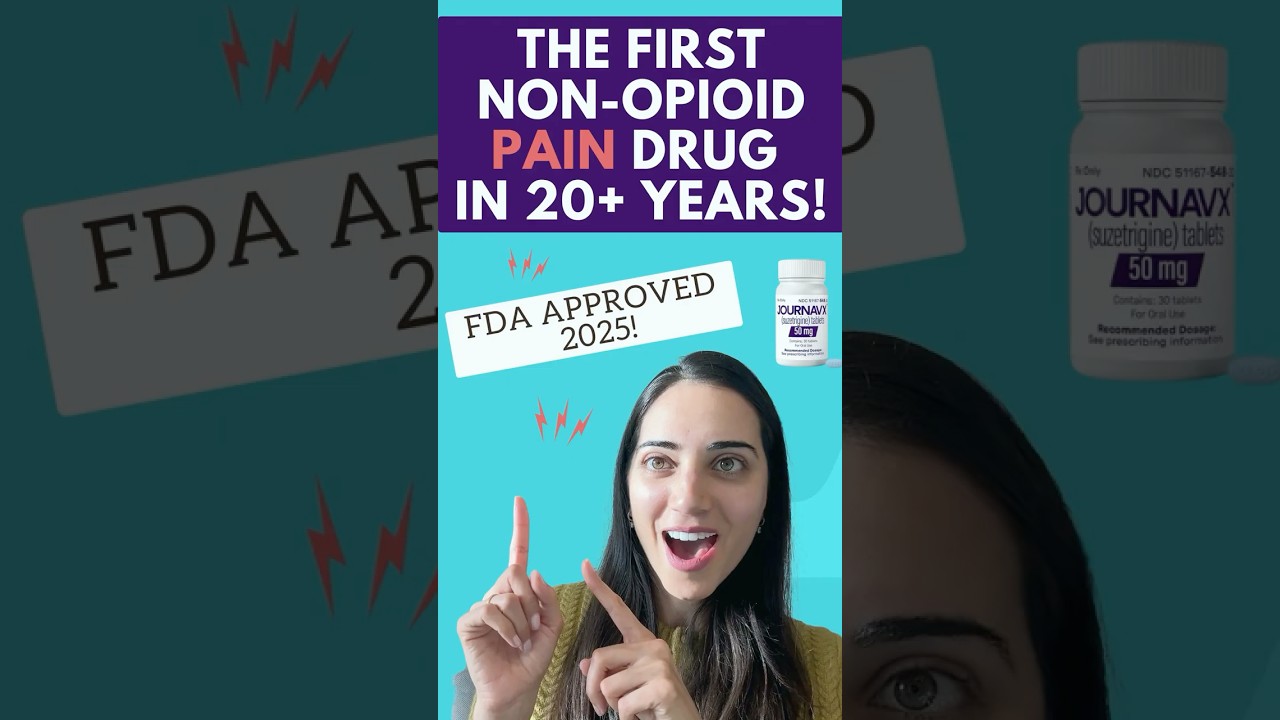
7 Key Effects of Opioid Medications on Society
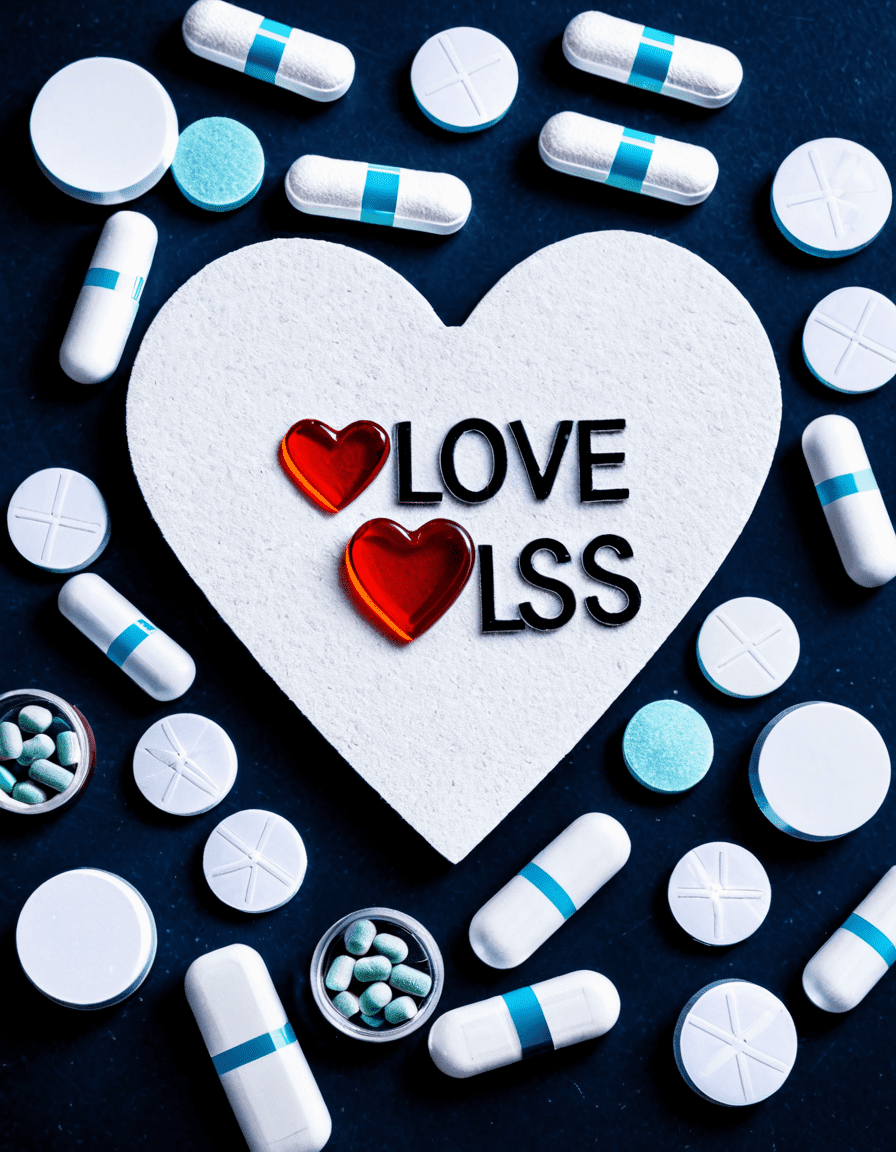
1. Rise in Prescription Rates
The trend in opioid prescriptions peaked dramatically during the late 1990s. Fueled by misleading promotional campaigns from pharmaceutical companies, prescriptions surged. The CDC reported over 191 million prescriptions for opioid pain meds in 2017 alone. This staggering increase reflects a critical period where the medical community wrestled with managing pain and the burgeoning crisis of addiction.

2. Surge in Addiction and Overdose Deaths
The tragic consequences of opioid meds reach far beyond individual users. In 2019, the National Institute on Drug Abuse (NIDA) reported more than 70,000 drug overdose deaths, with a significant number linked to opioids. Take the heartbreaking story of Michael, a young athlete who turned to opioids after an injury. What began as relief transformed his life into a cycle of addiction that ultimately led to his overdose, a stark reminder of the lurking dangers.
3. Challenges in Opioid Withdrawal Treatment
Getting off opioid medications is no walk in the park. Withdrawal can hit hard, making recovery feel impossible for many. Medications like buprenorphine, or Suboxone, serve a critical role in easing withdrawal symptoms, yet many face hurdles concerning access to these essential treatments. This gap emphasizes the urgent call for a wider availability of opioid withdrawal treatment options.
4. Growing Interest in Alternate Pain Relievers
With the opioid crisis continuing to evolve, there’s been a growing dialogue about seeking out alternate pain relievers. Options like non-opioid meds, including Tylenol and Advil, alongside holistic methods such as acupuncture and physical therapy, provide innovative avenues for pain management. These alternatives can help break the cycle of dependency and provide patients with safer choices.
5. Societal Stigma and Barriers to Seeking Help
Unfortunately, stigma casts a long shadow over the lives of those dealing with addiction. For instance, Susan, a mother who lost her son to an opioid overdose, became a passionate advocate after her tragedy. She actively works to erase the stigma surrounding addiction to help others feel comfortable seeking the support they need. Stories like hers shine a light on the moral responsibility society holds in understanding addiction.
6. Interactions with Anti-Alcohol Medication
Another layer to the opioid conundrum is how these meds interact with anti-alcohol medication like disulfiram (Antabuse). Those grappling with both substance issues often resort to opioid pain meds to manage withdrawal symptoms from alcohol, complicating recovery journeys. Awareness around these interactions becomes vital for those fighting addiction on multiple fronts.
7. The Role of Sedative Medications
Sedative medications, particularly benzodiazepines like Xanax and Ativan, can amplify the dangers presented by opioid medications. The combination of these drugs raises the risk of overdose, tearing apart families and communities. Public health campaigns must continue to emphasize the need for rigorous monitoring of patient treatment plans to prevent these tragic outcomes.
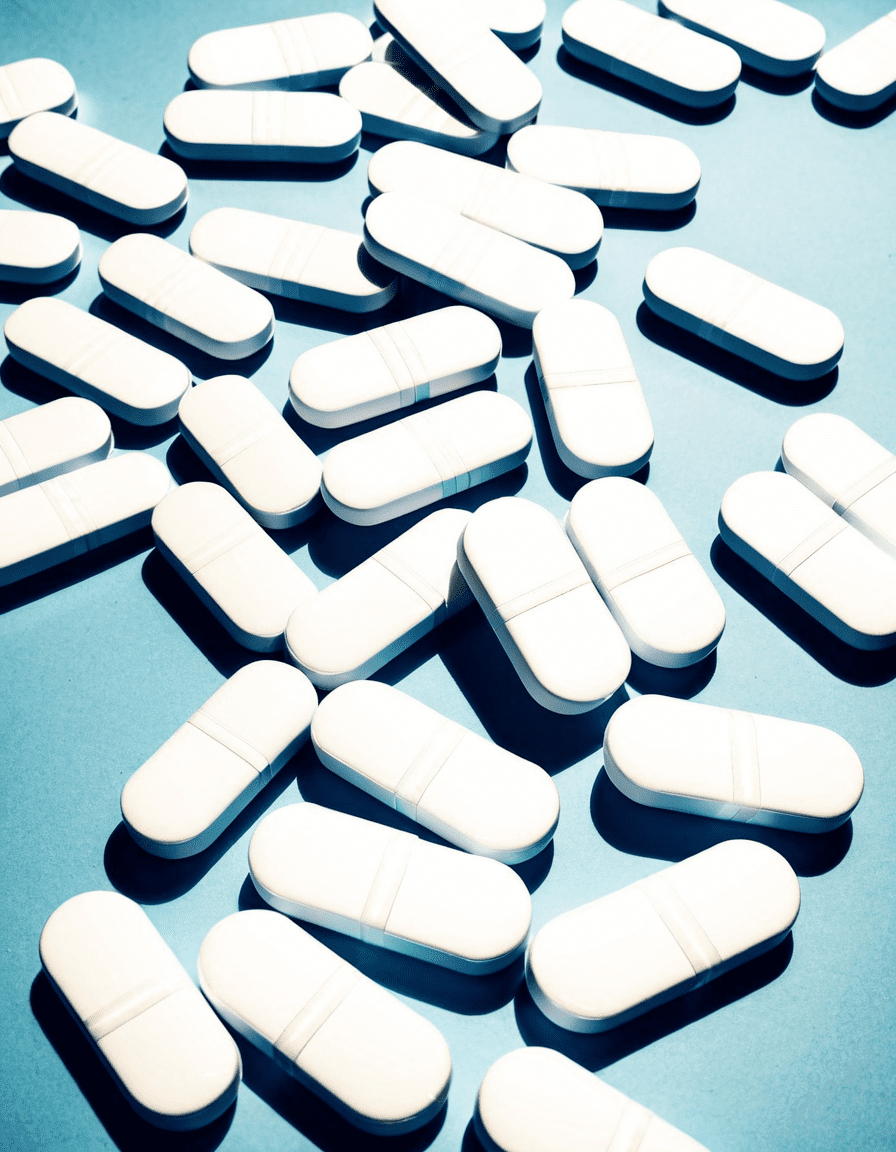
The Need for Comprehensive Solutions
The consequences of opioid meds permeate emotional, familial, and economic spheres that complicate the pathway to recovery. Society’s collective effort—including healthcare providers, policymakers, and communities—must come together to address the opioid crisis responsibly. As we progress toward 2026, it’s clear that while opioid meds can aid pain relief, they also open up a Pandora’s box of challenges that need compassionate, proactive solutions.
Mothers Against Addiction stands as a beacon of hope for parents dealing with their children’s addictions or mourning those they’ve lost. By providing resources and support, we aim to foster a culture of education and awareness around the realities of addiction. It’s about sharing stories, breaking stigma, and working tirelessly to ensure no family walks this difficult path alone.
In closing, the road to understanding the impact of opioid medications is fraught with heartache, yet it is filled with the potential for empathy and healing. Every narrative of loss and resilience magnifies the importance of ongoing education and awareness—a pivotal step toward creating a healthier society that embraces full support for those battling drug dependency.
For parents seeking to navigate their painful journeys, resources like Mothers Against Addiction offer quotes and insights, including miscarriage Quotes For Parents to help them make sense of their experiences. There’s no one path to healing, but together, we can forge a way forward.

Opioid Meds – Impacting Lives and Sparking Controversy
The Curious Origins of Opioid Meds
Did you know that the origins of opioid meds trace back thousands of years? Ancient civilizations like the Sumerians and Egyptians were known to use opium poppies for their pain-relieving properties. Fast forward to today, and the evolution of these drugs has become a hot topic, especially considering the controversies they bring. Just like so many other substances, such as cannabis use, which continues to be a subject of debate even as its uses expand, opioid meds have both medical merit and potential for misuse.
Interestingly, opioid prescriptions have skyrocketed over the past two decades, paralleling a rise in addiction rates. A study by the CDC shows that some 2 million people were diagnosed with opioid use disorder in 2018 alone! This reality begs the question of what effective addictions treatment looks like in this climate, especially as families like those represented by Mothers Against grapple with the aftermath.
The Unseen Risks of Opioid Meds
One of the more alarming facts surrounding opioid meds is the term Scromiting – a phenomenon where users experience extreme vomiting and screaming, often linked to synthetic opioids. Many parents may hear about such cases on the news and find it hard to believe that their child, who might have started with a legitimate prescription, could potentially end up in that sort of situation. It’s a chilling reminder of how unpredictable opioid use can be, and its implications touch everyone, either directly or indirectly.
But not all stories are shadowed by despair. The conversation is shifting towards innovative treatments, including natural remedies like psylosibin, which are gaining traction in some therapeutic circles as alternatives to traditional opioids. While research continues, parents may find themselves hoping for solutions that diminish the grip addiction has on their loved ones.
The Cultural Waves and Celebrity Influence
As opioid meds remain a hot-button issue, celebrity narratives have also played a role in shaping public perception. Personalities like Matty Carville have bravely shared their experiences with addiction, shedding light on struggles that many families face. Their stories resonate deeply, illuminating the often-overlooked human side of the addiction crisis. On a lighter note, while we’re on the topic of pop culture, did you know that upcoming Nosferatu showtimes have made a buzz this year? It seems our collective fascination with horror parallels our societal challenges—perhaps merely a distraction, or maybe a reflection of the fears we all harbor about addiction’s grasp.
From these connections to eye-opening trivia, there’s no denying that opioid meds have become an essential part of discussions on health, safety, and recovery. The debate continues, and as we observe these dynamics unfold, we’re reminded that awareness and education are pivotal in turning the tide in this ongoing fight.


